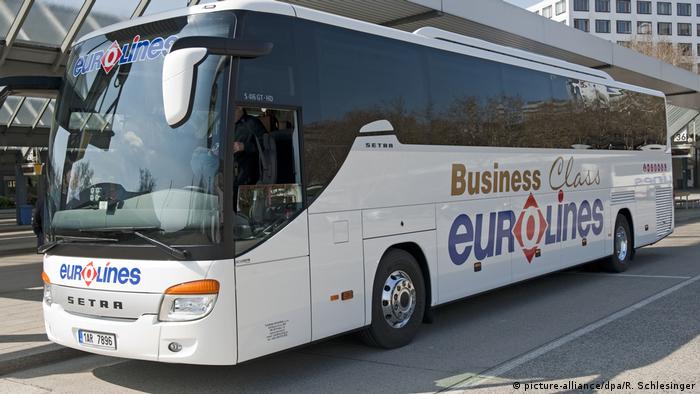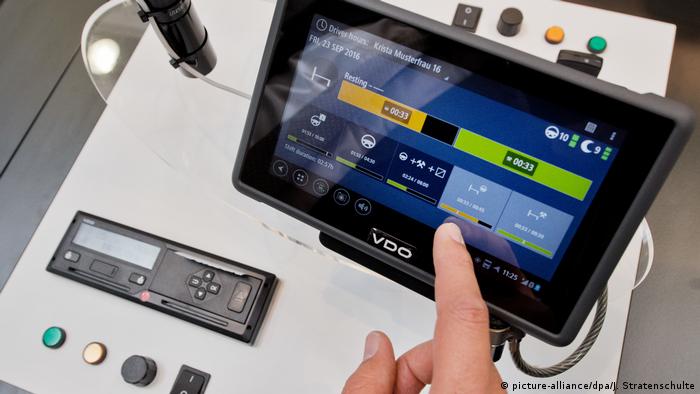The serious accident on the island of Madeira on Thursday is not an isolated case. Again and again it comes in the EU to accidents with buses. How safe is the travel by Bus in Europe?

Many travelers in the whole of Europe since the disaster in Madeira increasingly Worried about whether you should book excursions with tour buses. What at first appears to be emotionally understandable, is not confirmed by the statistics. According to the Federal statistical office, there were in Germany in the year 2017 5926 bus accidents – two-thirds of them happened in Public transport.
On the whole of Europe saw the world health organization, was recorded in 2015 84.500 traffic deaths. 150 deaths were attributable to accidents involving buses. This is not a mere 0.2 percent of deaths.
This comparatively low number is due to the strict security rules that were introduced in the past few years for the bus station. And if accidents happen, the cause is usually that the company or driver the safety rules.
Here are some facts about the safety of buses in Europe:
1. Seat belts
Since 2005, seat belts for the driver and passengers in coaches, EU-wide, mandatory. For small children there must be a way to strap yourselves in. The concrete decision on when the belts actually need to be created, is the responsibility of the driver here, critics see a flaw in the legislation. In many cases, however, as the heavy crash in 2012 in Switzerland, in which 22 children were killed, do not help the seat belts in coaches. The investigation after the Crash revealed that although all the children were strapped in, given the Severity of the impact, the straps of messenger but no help.
2. Rules for bus drivers
One of the main reasons for bus accidents is the Fatigue of the driver. Here, too, there is therefore in the EU’s strict rules on how long drivers can sit behind the wheel: a maximum of 56 hours per week, a maximum of nine per day, never longer than vierinhalb hours at a stretch. Then take a break of at least 45 minutes must be inserted. Critics say that these rules could be run in practice.
3. Tachograph
It is precisely to avoid such manipulations, all since 1. May 2006 approved travel buses with a digital tachograph to be fitted. The device is attached to the gear and records information about the vehicle’s activity, the distance covered, breaks and speeds.

The digital tachograph is documented, whether the driver adheres to the security rules
4. Driver assistance system
Since 2009, all buses must be equipped in the EU with two driver assistance systems of the latest Generation: one that engages when the road is abandoned, and a, the Autonomous braking when a Crash is imminent.